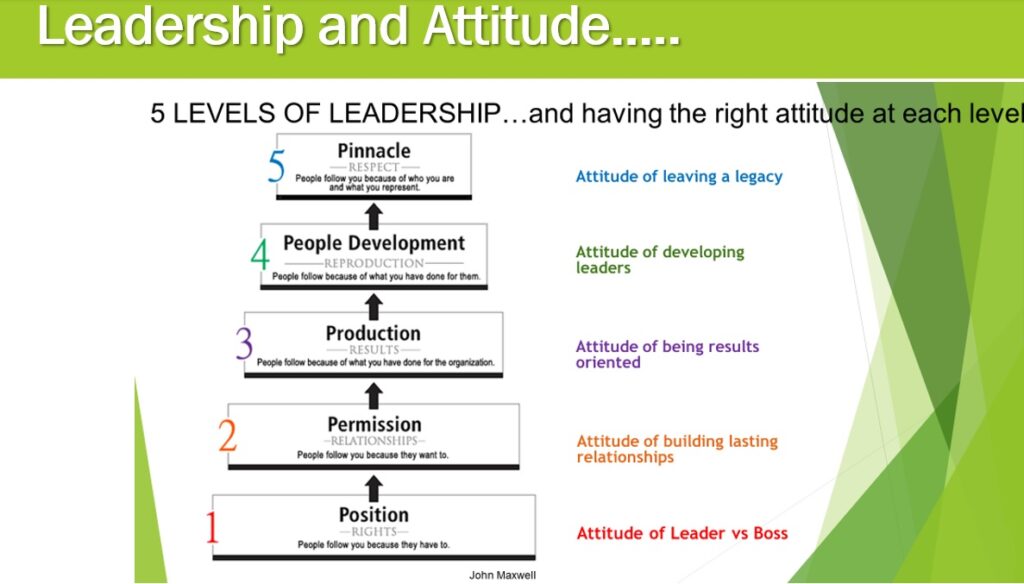Dr. Keith A. Clinkscale, Director of Strategic Planning and Performance Management, Palm Beach County, and Dr. Addie Javed, Director of Public Works and Floodplain Administrator, Indian River County
When we think about transforming our organizations, especially in local government, we often turn to strategic plans, performance metrics, and new technologies. But after years of leading change in the public sector, we have found that true transformation doesn’t start with systems, it starts with people.
And more specifically, it starts with their attitudes.
The Often-Ignored Catalyst for Change
In a field where we deal with funding shortfalls, bureaucratic hurdles, and ever-increasing demands, it’s easy to underestimate the importance of attitude. But it is the one element that can elevate or undermine every initiative we pursue.
“Your attitude will determine your altitude.”
Culture is Not Just a Buzzword: It is a Performance Driver
Peter Drucker famously stated, “Culture eats strategy for breakfast.” It is a truth we ignore at our peril. Too often, we see leaders pour their energy into crafting robust plans, only to see them falter due to internal resistance, lack of ownership, or disengaged employees.
Culture is how your team behaves when no one is watching. And culture is driven by the attitudes your people bring to the table – enthusiasm or cynicism, ownership or apathy, collaboration or conflict.
Senior leaders should be spending at least 75% of their energy on shaping and nurturing culture. Why? Because it affects everything:
- Recruitment: 77% of job seekers consider a company’s culture before applying.
- Retention: 65% of employees say culture is a key reason they stay.
- Engagement: Positive cultures see up to a 72% increase in engagement.
- Brand identity: A thriving internal culture radiates outward to residents and stakeholders.
Disengaged vs. Engaged: A Tale of Two Workforces
We have all seen it: the difference between a disengaged employee who drains energy from a room and an engaged team member who brings creativity, urgency, and purpose to their work.
The disengaged person is often frustrated, oppositional, or simply absent in spirit, even when physically present. They might question every change, resist new processes, and sow seeds of doubt among colleagues.
In contrast, engaged employees see themselves as superheroes of public service. They look for solutions, lift up peers, and actively contribute to a thriving work environment.
The difference? Attitude.
The Math Behind Success
Here is a light-hearted but insightful exercise: assigning numerical values to letters (A=1, B=2, etc.), you will see the total value of some key words:
- Knowledge = 96
- Hard Work = 98
- Attitude = 100
Knowledge and hard work are vital, but only attitude hits the perfect score. It is a metaphor, but a meaningful one. The way we think, feel, and show up matters.
Redefining Success in Government Work
It is easy in our field to get caught up in deliverables: capital projects completed, permits issued, balanced budgets. But lasting success, true transformation, requires us to go deeper. We suggest a new definition of success:
- Knowing your purpose
- Growing to reach your maximum potential
- Sowing seeds that benefit others
When our attitudes reflect this deeper purpose, everything changes: interactions with residents, cross-departmental collaboration, and even how we approach failure.
Practical Steps for Elevating Attitudes
We are not suggesting you ignore systems, policies, or KPIs. But we are suggesting that if you want lasting change, start by elevating attitudes. Here is how:
- Model the energy you want to see. Your team mirrors your behavior, positivity is contagious, but so is burnout.
- Celebrate micro-wins. Recognizing effort, even when outcomes fall short, reinforces a growth mindset.
- Create safe spaces for feedback. Allow staff to express frustrations and concerns without fear of punishment.
- Address toxic behavior directly. Avoiding confrontation allows negative attitudes to fester.
- Infuse purpose into everyday work. Help employees see how their tasks contribute to the greater good.
A Final Challenge
In several of our sessions, we conducted a poll: Do you believe your attitude affects your performance? Almost everyone said yes. The next question was harder: Do you currently have bad attitudes in your organization?
It is not enough to recognize the issue; we have to act. Leaders must be willing to have the hard conversations, reflect on their own energy, and build systems that support both accountability and encouragement.
In the end, transformation does not start with spreadsheets or organizational charts. It starts with people, and people start with attitude.







